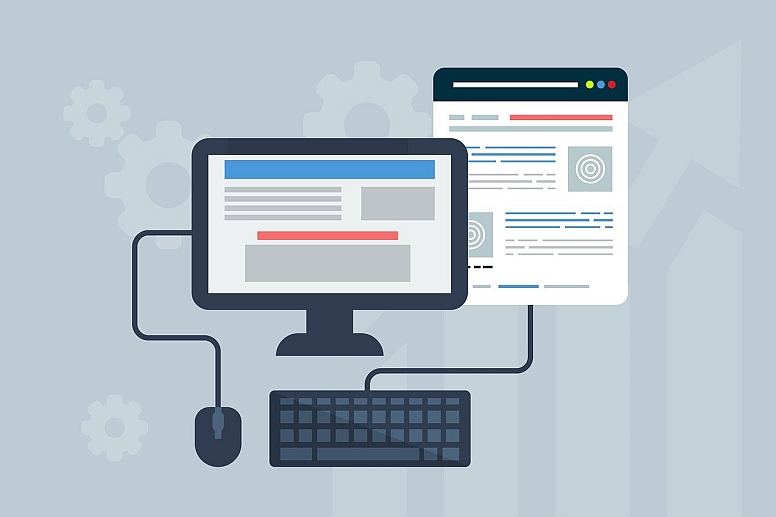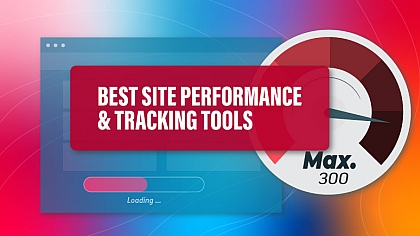
The Main Stages of Web Development: Site-Creating Techniques
Web development is one of the most fundamental requirements for almost all web development companies and businesses nowadays. It is critical to have a strong online presence with fully functioning and optimized websites that provide end-users with easy access and an enhanced experience.
With the fast transition to digital platforms over the last two decades, having feature-rich web apps and websites is critical for promoting digital growth.
Creating a website entails everything from obtaining a domain name to developing the website's front-end and back-end. A lot goes into developing a website that is easy to use and accurately portrays your business. So, to help you, we've created a guide that will take you through the website development stages.
What is website development?
Web development is a broad word that includes all the processes involved in creating a web project or website. It consists of the many phases of the online project, such as planning, designing, testing, and launching. A team of professionals is required for the web development process to implement the many necessary activities to establish a website.
The different stages of the web development process:
The following are the stages required to build a web project in web development:
- Information gathering: The first step's goal is to gather all of the project's relevant information. It would help if you asked essential questions as a design team to dive further into the business needs. Analyze the client's requirements thoroughly, describe the website's purpose, and outline the website's goals. The most popular goals are knowledge sharing and money earning, or both. Your team must consider how to achieve company objectives with the help of a decent website.
- Strategy: The second stage in the web development process for a web development company is to create a plan for constructing a web page or website. According to the survey of many Brooklyn web design agencies, the web developer must conduct the following during the strategy phase:
- Choosing goals and objectives
- Creating a team
- Make the right analysis for the situation and review it.
- Make a task list.
- Project proposal to the web team for development
- Design and specifications: Following the creation of a strategy, the following phase in the web development process is to create a work plan. The web developer must establish the timetable and standards. The following are the tasks for this phase.
- Developing strategy.
- Content planning for usage
- Making a preliminary design for a project
- The final design is created without significant changes to the rough layout.
- Put the prototype through its paces.
- Content: The content of a website is one of its most essential aspects. Your content will encourage your audience to use your website by conveying your message. However, before creating content, you must establish your goals and purpose, which is why step 2 is critical. Your content should be relevant and entertaining enough to keep your users returning.

- Development: The actual code for the website is created during the development & coding phase of the web development process. Depending on the functionality required for the website, this might be done in various computer languages.
This is when the web developer takes the previous stages' designs, wireframes, and other aspects and converts them into a functioning website. To ensure a streamlined and professional result, many businesses choose to hire WeWeb developers who specialize in efficient, modern development practices.
The coding phase can involve various responsibilities, from writing code to setting server-side functionality. Although the complete site may be created from scratch in some situations, web development companies usually use pre-existing tools or frameworks to speed up the process.
Deploying site plugins, new features, and security integration is also part of the development process. When the coding is finished, the website is tested to ensure that everything works as it should.
- Testing: Testing is an important step in the web development process. The developers and testers do testing to ensure that the client's requirements are met when the web project is completed. The website's quality assurance and browser compatibility are evaluated during this phase. Testers test the written code and test all produced features.
During this phase, the testing and development teams undertake various forms of testing such as functional, integration, smoke, load, regression, and performance. Depending on the type of testing and online project, testing can be done manually or automatically.
If the expected and pleasing outcomes are not attained, the appropriate procedures are done to eliminate the defects.
- Maintenance: Once the website is live, frequent maintenance is usually necessary. User testing on new content and features may be repeated indefinitely to enhance usability and discoverability. All of these might lead to additional design and development responsibilities.
- Registration with ISP: After completing Testing and Maintenance and eliminating any issues from the project, the next step or phase is to register the web project with the regional ISP to make the web project legal. The web project is given to the customer when uploaded to a server. The file transfer protocol (FTP) hosts the website on a hosting server.
The client must pick and settle on an ISP that offers domain name registration and web hosting services. Following the creation of these accounts and registration with the ISP, the web project will be assigned a correct domain space on the ISP server.
- Launch: After you've correctly verified and tested the website, you must first upload it to a server in the exciting phase to start the launch to make your website live. Once uploaded, run one last test to double-check everything is in order. The site is now available to the general audience.
The web design and development process's above stages are merely high-level samples that should be updated and customized for the project's demands and characteristics. Remember that a healthy working connection with continual contact with the customer is the key to effective website design and development.














